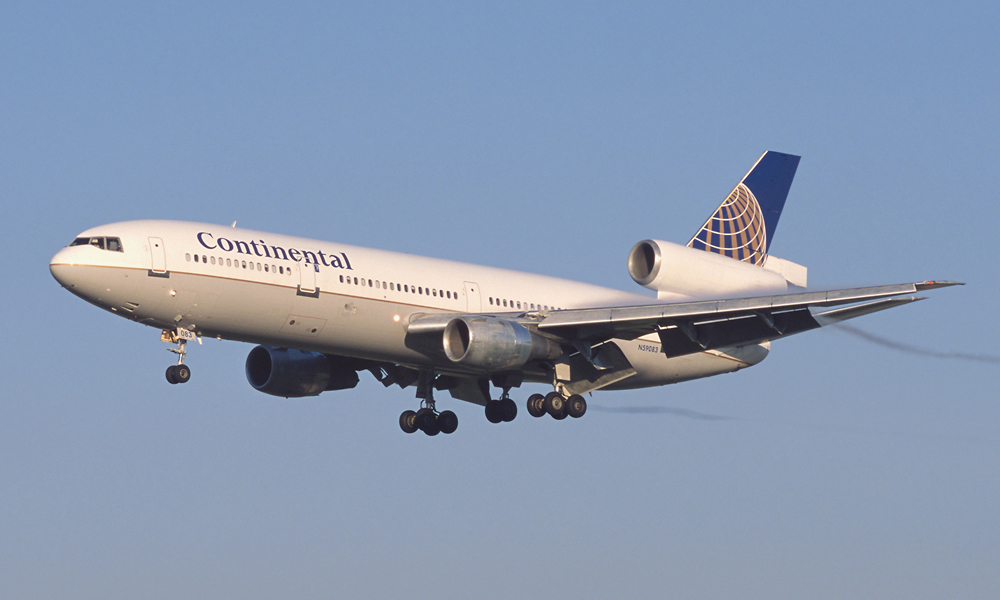
Jet aircraft
A jet aircraft (or simply jet) is an aircraft (nearly always a fixed-wing aircraft) propelled by one or more jet engines.
"Jet plane" redirects here. For the Rumania Montevideo album, see Jet Plane.
Whereas the engines in propeller-powered aircraft generally achieve their maximum efficiency at much lower speeds and altitudes, jet engines achieve maximum efficiency at speeds close to or even well above the speed of sound. Jet aircraft generally cruise most efficiently at about Mach 0.8 (981 km/h (610 mph)) and at altitudes around 10,000–15,000 m (33,000–49,000 ft) or more.
The idea of the jet engine was not new, but the technical problems involved could not begin to be solved until the 1930s.
Frank Whittle, an English inventor and RAF officer, began development of a viable jet engine in 1928,[1] and Hans von Ohain in Germany began work independently in the early 1930s. In August 1939 the turbojet powered Heinkel He 178, the world's first jet aircraft, made its first flight. A wide range of different types of jet aircraft exist, both for civilian and military purposes.
There are several types of engine which operate by expelling hot gas:
The different types are used for different purposes.
Rockets are the oldest type, and are mainly used when extremely high speeds are needed, or operation at extremely high altitudes where there is insufficient air to operate a jet engine. Due to the extreme, typically hypersonic, exhaust velocity and the necessity of oxidiser being carried on board, they consume propellant extremely quickly, making them impractical for routine transportation.
Turbojets are the second oldest type; they have a high, usually supersonic, exhaust speed and low frontal cross-section, and so are best suited to high-speed, usually supersonic, flight. Although once widely used, they are relatively inefficient compared to turboprop and turbofans for subsonic flight. The last major aircraft to use turbojets were Concorde and Tu-144 supersonic transports.
Low bypass turbofans have a lower exhaust speed than turbojets, and are mostly used for high sonic, transonic, and low supersonic speeds. High bypass turbofans are relatively efficient, and are used by subsonic aircraft such as airliners.
Flying characteristics[edit]
Jet aircraft fly considerably differently than propeller aircraft.
One difference is that jet engines respond relatively slowly. This complicates takeoff and landing maneuvers.
In particular, during takeoff, propeller aircraft engines blow air over their wings and that gives more lift and a shorter takeoff. These differences caught out some early BOAC Comet pilots.[16]